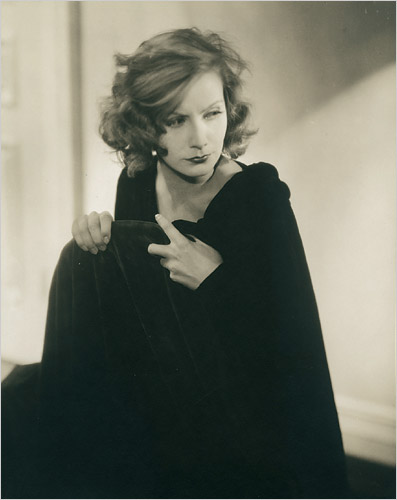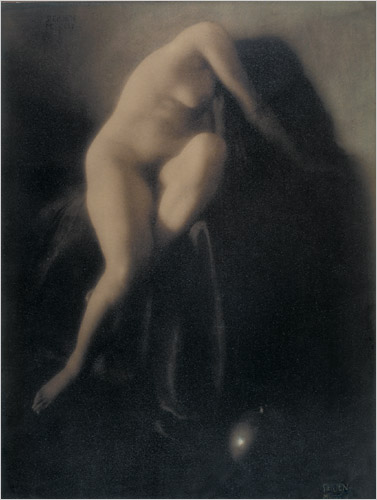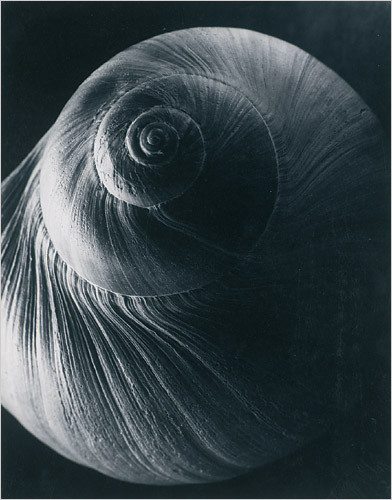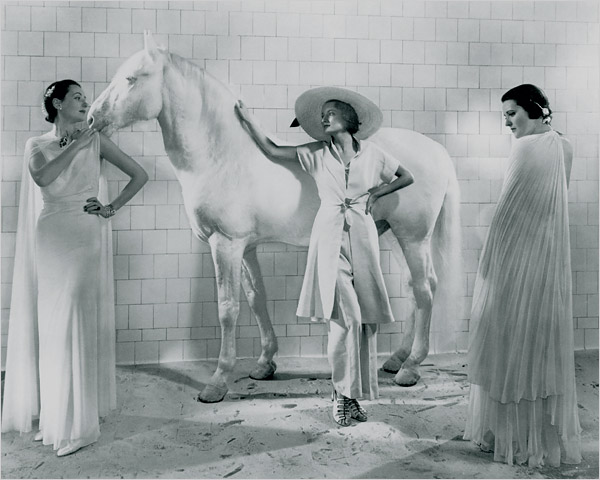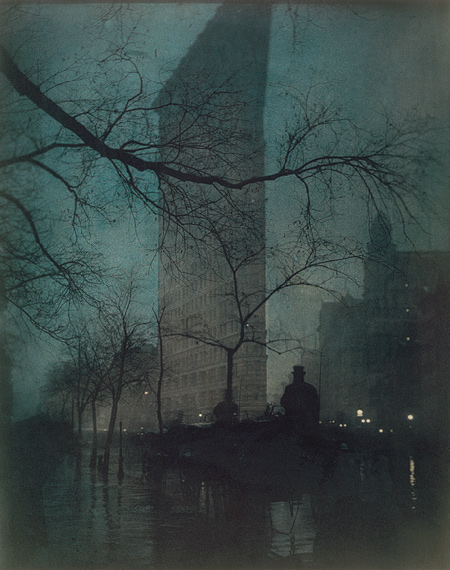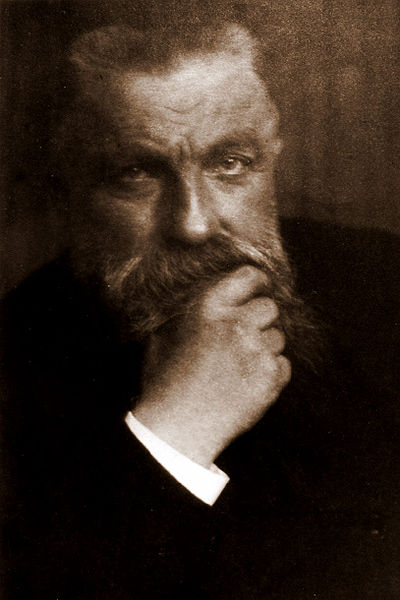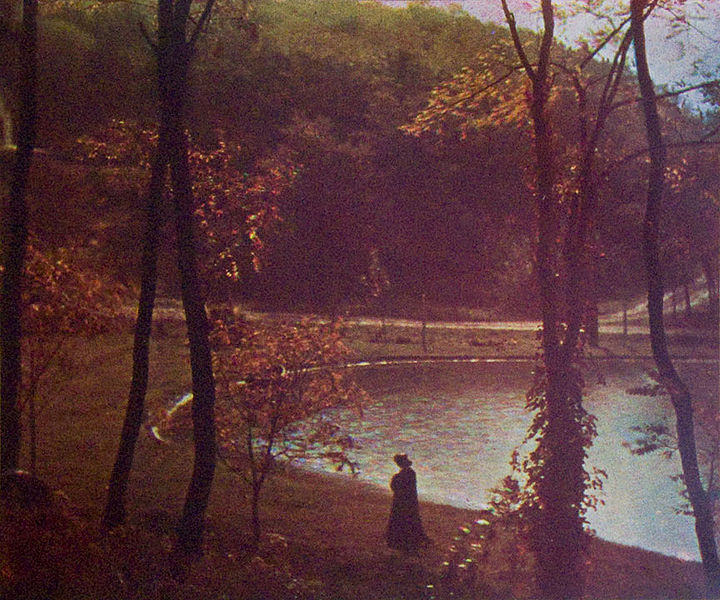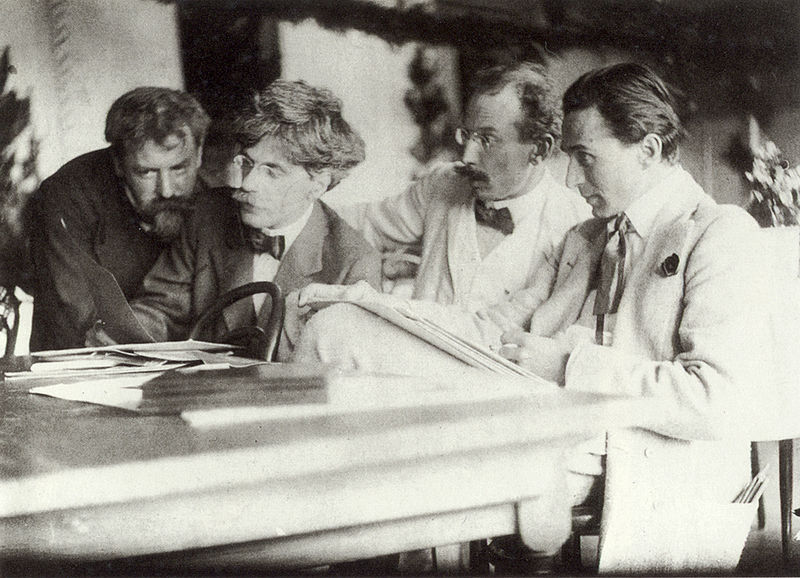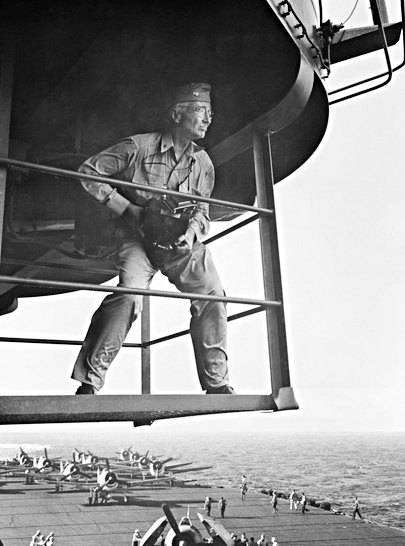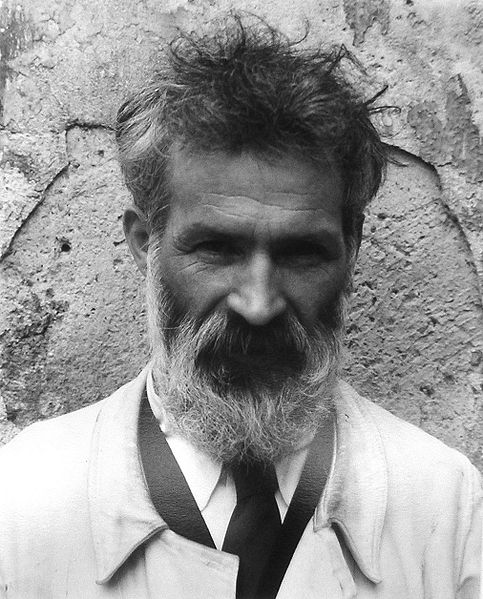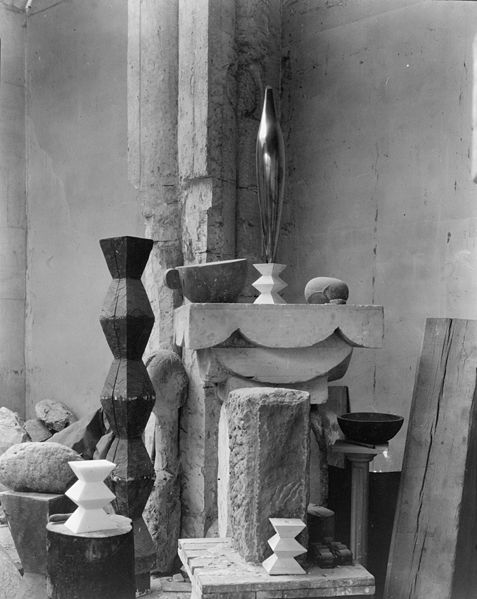<Back to Index>
- Mathematician Karl Pearson, 1857
- Photographer Edward Jean Steichen, 1879
- Prince of Transylvania Francis II Rákóczi, 1676
PAGE SPONSOR
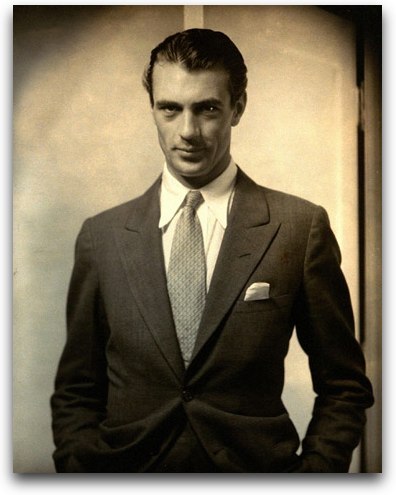

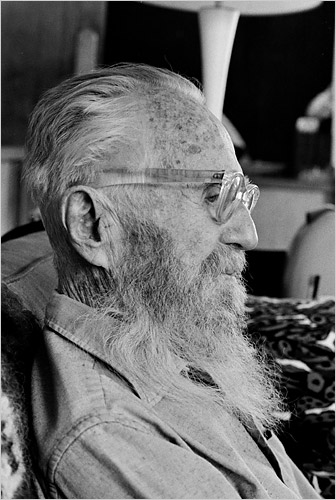
Edward J. Steichen (March 27, 1879 – March 25, 1973) was an American photographer, painter, and art gallery and museum curator. He was the most frequently featured photographer in Alfred Stieglitz' groundbreaking magazine Camera Work during its run from 1903 to 1917. Steichen also contributed the logo design and a custom typeface to the magazine. In partnership with Steiglitz, Steichen opened the "Little Galleries of the Photo-Secession", which was eventually known as 291, after its address. This gallery presented among the first American exhibitions of (among others) Henri Matisse, Auguste Rodin, Paul Cézanne, Pablo Picasso, and Constantin Brâncuşi. Steichen's photos of gowns designed by couturier Paul Poiret in the magazine Art et Décoration in 1911 are regarded as the first modern fashion photographs ever published. Serving in the US Army in World War I (and the US Navy in the Second World War), he commanded significant units contributing to military photography. He was a photographer for the Condé Nast magazines Vogue and Vanity Fair from 1923 – 1938, and concurrently worked for many advertising agencies including J. Walter Thompson. During these years Steichen was regarded as the best known and highest paid photographer in the world. Steichen directed the war documentary The Fighting Lady, which won the 1945 Academy Award for Best Documentary. After World War II he was Director of the Department of Photography at New York's Museum of Modern Art until 1962. While at MoMA, in 1955 he curated and assembled the exhibit The Family of Man. The exhibit eventually traveled to sixty-nine countries, was seen by nine million people, and sold two and a half million copies of a companion book. In 1962, Steichen hired John Szarkowski to be his successor at the Museum of Modern Art.
Steichen was born Éduard Jean Steichen in Bivange, Luxembourg, the son of Jean-Pierre and Marie Kemp Steichen. Jean-Pierre Steichen initially immigrated to the United States in 1880. Marie Steichen brought the infant Eduard along once Jean-Pierre had settled in Chicago, in 1881. The family, with the addition of Eduard's younger sister Lilian, moved to Milwaukee in 1889, when Steichen was 10.
In 1894, at the age of fifteen, Steichen began a four-year lithography apprenticeship with the American Fine Art Company of Milwaukee. After hours he would sketch and draw, and began to teach himself to paint. Having come across a camera shop near to his work, he visited frequently with curiosity until he persuaded himself to buy his first camera, a second hand Kodak box "detective" camera, in 1895. Steichen and his friends who were also interested in drawing and photography pooled together their funds, rented a small room in a Milwaukee office building, and began calling themselves the Milwaukee Art Students League. The group also hired Richard Lorenz and Robert Schade for occasional lectures.
Steichen
was naturalized as a U.S. citizen in 1900, and signed the
naturalization papers as Edward J. Steichen; however, he continued to
use his birth name of Eduard until after the First World War. Steichen
met Alfred Stieglitz in 1900, while stopping in
New York City en
route to Paris from
his home in Milwaukee. In
that first meeting, Steiglitz expressed praise for Steichen's
background in painting, and also bought three photographic prints of
Steichen's.
In 1902, when Stieglitz was formulating what would become Camera Work,
he asked Steichen to design the logo for the magazine, with a custom
typeface. Steichen
began experimenting with color photography in 1904, and was one of the
first people in the United States to use the Autochrome
Lumière process.
In 1905, Steichen helped create the Little
Galleries of the Photo-Secession with Stieglitz. In
1911, Steichen was "dared" by Lucien
Vogel, the publisher of Jardin
des Modes and La Gazette du Bon Ton,
to promote fashion as a fine art by the use of photography. Steichen then took photos of
gowns designed by couturier Paul Poiret. These photographs were
published in the April 1911 issue of the magazine Art et Décoration. According to Jesse Alexander,
This is "...now considered to be the first ever modern fashion
photography shoot.
That
is, photographing the garments in such a way as to convey a sense
of their physical quality as well as their formal appearance, as
opposed to simply illustrating the object." After World
War I, during which he
commanded the photographic division of the American
Expeditionary Forces, he
reverted to
straight photography,
gradually moving into fashion
photography. Steichen's 1928
photo of actress Greta
Garbo is recognized as one of the definitive
portraits of Garbo. The
initial publication of Ansel Adams'
image Moonrise,
Hernandez, New Mexico was
in U.S. Camera
Annual 1943, after being selected by Steichen, who was serving as
"photo judge" for the publication. This
gave Moonrise an audience before its
first formal exhibition at the Museum of
Modern Art in
1944. During World War II,
he served as Director of the Naval Aviation
Photographic Unit. His
war documentary The Fighting
Lady won the
1945 Academy Award for Best Documentary. After
the war, Steichen served until 1962 as the Director of Photography at
New York's Museum of
Modern Art. Among other accomplishments, Steichen is appreciated
for creating The Family of
Man in
1955, a vast exhibition at the Museum of Modern Art consisting of over
500 photos that depicted life, love and death in 68 countries.
Steichen's brother-in-law, Carl Sandburg,
wrote a "Prologue" for the exhibition catalog. As had been Steichen's
wish, the exhibition was donated to the Grand Duchy of Luxembourg. It
is now permanently housed in the Luxembourg town of Clervaux. On
December 6, 1963, Steichen was presented with the Presidential
Medal of Freedom by
President Lyndon Johnson. A
show of early color photographs by Steichen was held at Mudam Luxembourg from July 14 to
September 3, 2007. Steichen purchased a farm that he called
Umpawaug in 1928, just outside West
Redding, Connecticut. Steichen lived there until his death in
1973. After his death, Steichen's farm was made
into a park, known as Topstone Park. Topstone Park is open seasonally to this
day. In
February 2006, a print of Steichen's early pictorialist photograph, The Pond —
Moonlight (1904), sold for what was then the highest price
ever paid for a photograph at auction, U.S. $2.9 million. Steichen took the photograph in Mamaroneck,
New York, near the home of his friend, art critic
Charles Caffin.
The photo features a wooded area and pond, with moonlight appearing
between the trees and reflecting on the pond. While the print appears
to be a color photograph, the first true color photographic process, the autochrome process, was not available until 1907.
Steichen created the impression of color by manually applying layers of light-sensitive
gums to
the paper. Only three known versions of the Pond-Moonlight are still in
existence and, as a result of the hand-layering of the gums, each is
unique. In addition to the auctioned print, the other two versions are
held in museum collections. The extraordinary sale price of the print
is, in part, attributable to its one-of-a-kind character and to its
rarity.
